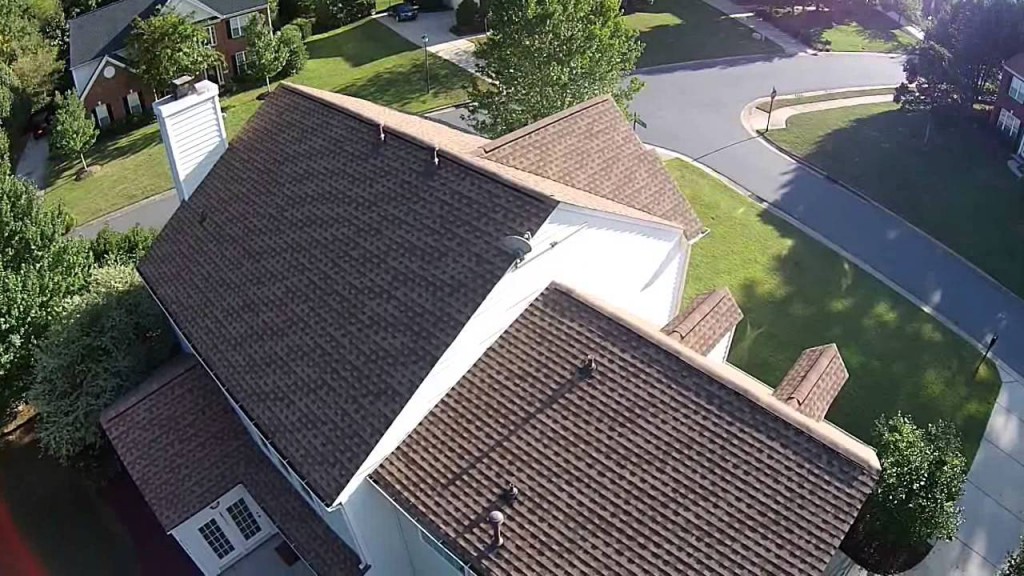The #1 question a seasoned agent will be asked is: “What’s the market like?” So here’s an answer:
2025 saw a major political shift at the federal level which could mean a boom in real estate if we take into consideration the last cycle of lower interest rates (housing) during Trump’s first term. Of course we were also dealing with the COVID market crash and the aftermath. Prescott’s market was heavily affected by huge markets like California moving inland, which drove prices through the roof. During 2022 it was not unusual to see houses selling for $100K over asking price. Today this is not the case.
In recent months the immensely inflated market around Prescott has taken a beating with price reductions to match 2022’s gold-rush. It’s not unusual to see a home reduce $100K or more in the past six months. The real question is “why is this happening?”
Homes are always only ever worth what someone is willing to pay. The housing market has almost doubled since 2019 and of course the interest rates are still hovering around 6.84% as of today; which puts many people out of the market. The average sales price from August 2024 through February 2025 is $750,000 for a site-built, single family residence in Prescott proper at a whopping $332 per square foot. (The average during the same timeline 2018-19 was $202sq.ft. ) This simply puts Prescott out of reach for most people and even those who live here are finding it difficult to maintain their residence.
It’s my prediction the housing bubble will burst in the coming months. The signs are all pointing toward a crash. The Fed will try to curb this by lowering interest rates and flooding the market with new buyers, which will not solve the issue unless the costs come down for basics like food and supplies. However, the great migrations from California, Washington, Oregon, and Colorado have already been in process since 2020 and there’s likely millions more who can stomach the huge increase in prices who will be looking to our quaint little town as a possibility.





 © Matt White - REALTOR® |
© Matt White - REALTOR® |